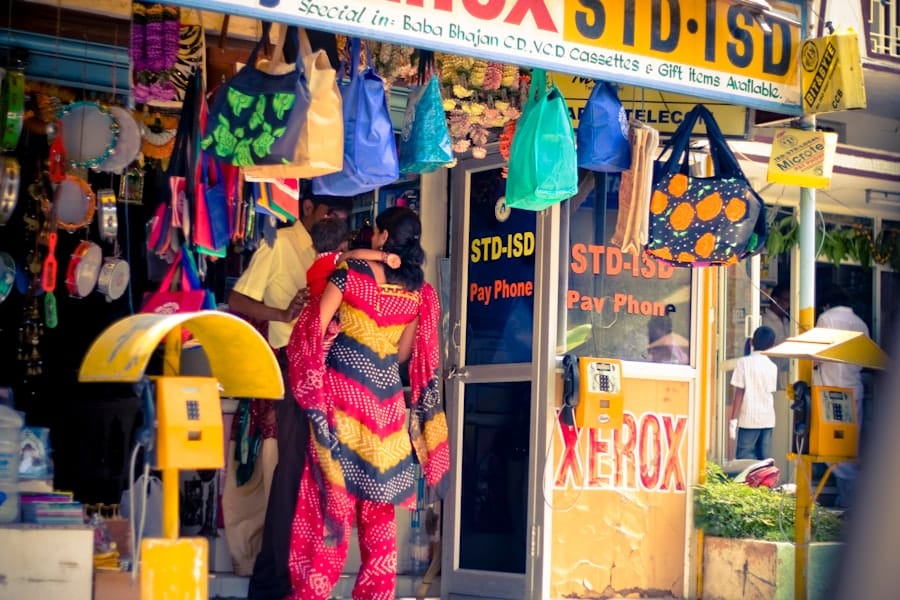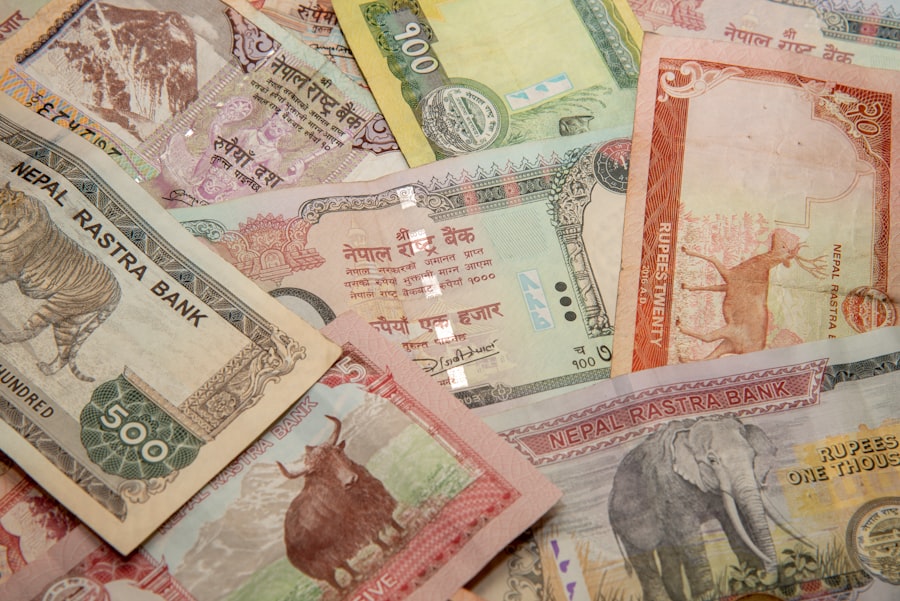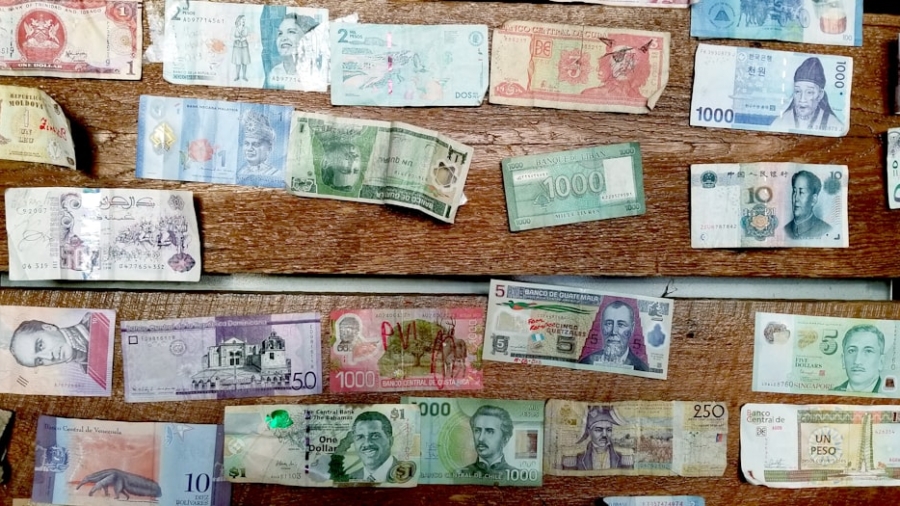Mobile money has emerged as a transformative force in the financial landscape of Africa, revolutionizing how individuals and businesses conduct transactions. The concept, which allows users to send, receive, and store money using their mobile phones, has gained significant traction across the continent, particularly in regions where traditional banking infrastructure is limited or non-existent. The rapid proliferation of mobile technology, coupled with the increasing penetration of smartphones, has created an environment ripe for the adoption of mobile financial services.
As of 2023, it is estimated that over 500 million people in Africa are using mobile money services, highlighting the profound impact this innovation has had on everyday life. The rise of mobile money can be attributed to several factors, including the continent’s high mobile phone penetration rates and the need for accessible financial services. In many African countries, a significant portion of the population remains unbanked, lacking access to traditional banking facilities.
Mobile money has bridged this gap by providing a convenient and cost-effective alternative for financial transactions. Services such as M-Pesa in Kenya and MTN Mobile Money in West Africa have set the stage for a new era of financial inclusion, enabling users to perform a wide range of activities from paying bills to transferring funds across vast distances with just a few taps on their mobile devices.
Key Takeaways
- Mobile money has revolutionized financial inclusion in Africa, providing access to financial services for millions of unbanked individuals.
- Successful case studies in Africa, such as M-Pesa in Kenya, demonstrate the transformative impact of mobile money initiatives on the economy and people’s livelihoods.
- Mobile money has played a significant role in driving economic growth in Africa by facilitating transactions, increasing access to credit, and promoting entrepreneurship.
- Despite its success, mobile money in Africa faces challenges such as regulatory barriers, interoperability issues, and security concerns, but also presents opportunities for innovation and expansion.
- Mobile money has influenced traditional banking in Africa by prompting banks to adapt their services and reach new customer segments, leading to a more inclusive financial ecosystem.
The Impact of Mobile Money on Financial Inclusion
Mobile money has played a pivotal role in enhancing financial inclusion across Africa, particularly for marginalized groups such as women, rural populations, and low-income earners. By providing a platform for financial transactions that does not require a traditional bank account, mobile money has empowered millions to participate in the economy. For instance, women in rural areas who previously relied on cash transactions can now access savings accounts and microloans through mobile money platforms.
This shift not only enhances their economic independence but also contributes to broader societal changes by promoting gender equality. Moreover, mobile money services have facilitated access to essential financial products that were previously out of reach for many individuals. With features such as savings accounts, insurance products, and credit facilities integrated into mobile money platforms, users can manage their finances more effectively.
For example, services like M-Shwari in Kenya allow users to save money and access loans directly through their mobile phones. This integration of financial services has led to increased savings rates and improved financial literacy among users, further driving the momentum toward financial inclusion.
Case Studies of Successful Mobile Money Initiatives in Africa

One of the most notable success stories in the realm of mobile money is M-Pesa, launched in Kenya in 2007 by Safaricom. M-Pesa revolutionized the way Kenyans conduct financial transactions by allowing users to send and receive money via SMS.
M-Pesa has not only facilitated peer-to-peer transfers but has also enabled businesses to accept payments digitally, thereby fostering a cashless economy. The platform’s success has inspired similar initiatives across the continent, demonstrating the scalability and adaptability of mobile money solutions. Another compelling case study is the success of GCash in the Philippines, which has also made significant strides in Africa through partnerships with local telecom operators.
GCash offers a comprehensive suite of financial services, including bill payments, remittances, and investment options. Its user-friendly interface and robust security features have attracted millions of users, particularly among the youth demographic. By leveraging partnerships with local merchants and service providers, GCash has created an ecosystem that supports small businesses while enhancing customer engagement.
This model exemplifies how mobile money can be tailored to meet the unique needs of different markets while driving economic growth.
Mobile Money’s Role in Driving Economic Growth in Africa
The proliferation of mobile money services has had a profound impact on economic growth across Africa. By facilitating seamless transactions and reducing the reliance on cash, mobile money has enhanced efficiency in various sectors, including agriculture, retail, and services. Farmers can now receive payments for their produce instantly through mobile money platforms, eliminating delays associated with cash transactions.
This immediacy not only improves cash flow for farmers but also encourages them to invest in better farming practices and technologies. Furthermore, mobile money has stimulated entrepreneurship by providing small business owners with access to capital and payment solutions that were previously unavailable. Entrepreneurs can now accept payments digitally, reducing the risks associated with handling cash and expanding their customer base beyond local markets.
For instance, small vendors can use mobile money to sell their products online or through social media platforms, tapping into a broader audience. This shift towards digital commerce is fostering innovation and creating new job opportunities across various sectors.
Challenges and Opportunities for Mobile Money in African Economies
Despite its successes, the mobile money landscape in Africa is not without challenges. Regulatory hurdles remain a significant barrier to the growth of mobile money services. In many countries, regulatory frameworks have not kept pace with the rapid evolution of technology, leading to uncertainty for service providers and users alike.
Issues such as interoperability between different mobile money platforms and compliance with anti-money laundering regulations can hinder the seamless operation of these services. However, these challenges also present opportunities for innovation and collaboration among stakeholders. Governments can play a crucial role by developing clear regulatory guidelines that promote competition while ensuring consumer protection.
Additionally, partnerships between telecom companies, banks, and fintech startups can lead to the development of more robust mobile money ecosystems that address existing gaps in service delivery. By fostering an environment conducive to innovation, African economies can harness the full potential of mobile money to drive sustainable growth.
Mobile Money’s Influence on Traditional Banking in Africa

The rise of mobile money has significantly influenced traditional banking practices in Africa. As more individuals turn to mobile financial services for their banking needs, traditional banks are compelled to adapt their strategies to remain relevant in an increasingly digital landscape. Many banks have begun to integrate mobile banking solutions into their offerings, recognizing that convenience and accessibility are paramount for attracting new customers.
For instance, several banks have launched their own mobile banking applications that allow users to perform transactions similar to those offered by mobile money platforms. This shift towards digital banking is not only about competition; it also reflects changing consumer preferences as younger generations increasingly favor technology-driven solutions over traditional banking methods. As a result, banks are investing heavily in digital infrastructure and partnerships with fintech companies to enhance their service delivery and reach underserved populations.
The Future of Mobile Money in Africa
Looking ahead, the future of mobile money in Africa appears promising yet complex. As technology continues to evolve, we can expect further innovations that will enhance the functionality and security of mobile money services. The integration of artificial intelligence (AI) and blockchain technology could revolutionize how transactions are processed and verified, making them faster and more secure.
Additionally, advancements in biometric authentication methods may provide users with greater security while reducing fraud risks. Moreover, as internet connectivity improves across the continent, there is potential for mobile money services to expand into new areas such as e-commerce and cross-border transactions. The growing trend of digital currencies may also influence the landscape of mobile money as central banks explore the issuance of digital currencies that could coexist with existing mobile payment systems.
These developments will require stakeholders to remain agile and responsive to changing market dynamics while ensuring that financial inclusion remains at the forefront of their efforts.
The Potential of Mobile Money to Transform African Economies
Mobile money has already demonstrated its capacity to transform African economies by enhancing financial inclusion, driving economic growth, and reshaping traditional banking practices. As more individuals gain access to these services, we can expect a ripple effect that extends beyond mere transactions; it will foster entrepreneurship, empower marginalized communities, and stimulate innovation across various sectors. The ongoing evolution of technology presents both challenges and opportunities that stakeholders must navigate carefully.
In this context, it is essential for governments, private sector players, and civil society organizations to collaborate effectively to create an enabling environment for mobile money services to thrive. By addressing regulatory challenges and investing in infrastructure development, African economies can harness the full potential of mobile money as a catalyst for sustainable development. The journey ahead is filled with possibilities that could redefine the economic landscape of Africa for generations to come.
In the rapidly evolving landscape of technology, mobile money has emerged as a transformative force in African economies, as detailed in the case study “Mobile Money Transforming African Economies.” This innovation is not only reshaping financial transactions but also influencing other tech sectors, such as wearable technology. For instance, the article on Wear OS by Google explores how smartwatches are becoming more integrated with financial services, allowing users to manage transactions directly from their wrists. This synergy between mobile money and wearable tech highlights the broader impact of digital innovations on everyday life, offering convenience and efficiency to users across the globe.
FAQs
What is mobile money?
Mobile money refers to a technology that allows people to receive, store, and spend money using a mobile phone. It has become popular in regions with limited access to traditional banking services.
How is mobile money transforming African economies?
Mobile money has transformed African economies by providing financial services to people who were previously excluded from the formal banking sector. It has increased financial inclusion, improved access to credit, and facilitated economic growth.
What are some examples of mobile money services in Africa?
Some examples of mobile money services in Africa include M-Pesa in Kenya, MTN Mobile Money in Ghana, and EcoCash in Zimbabwe. These services allow users to send and receive money, pay bills, and access other financial services using their mobile phones.
What are the benefits of mobile money for African economies?
The benefits of mobile money for African economies include increased financial inclusion, improved access to credit and savings, reduced transaction costs, and greater efficiency in conducting financial transactions.
What are the challenges of mobile money in Africa?
Challenges of mobile money in Africa include regulatory issues, interoperability between different mobile money platforms, security concerns, and the need for greater financial literacy among users.

